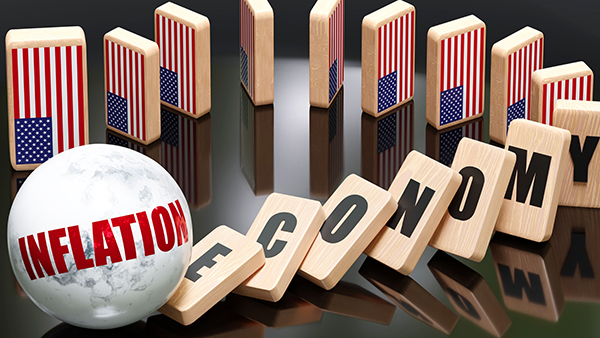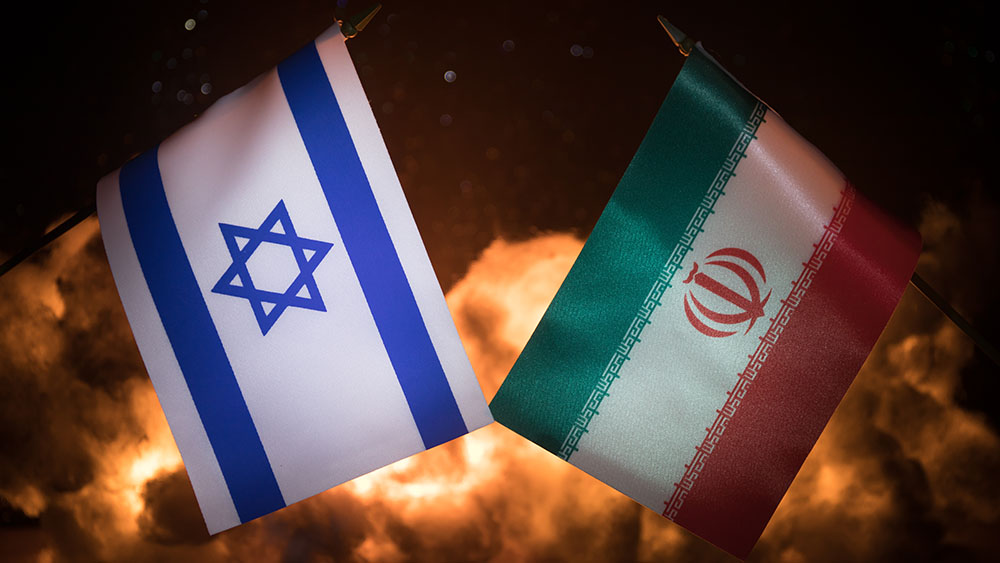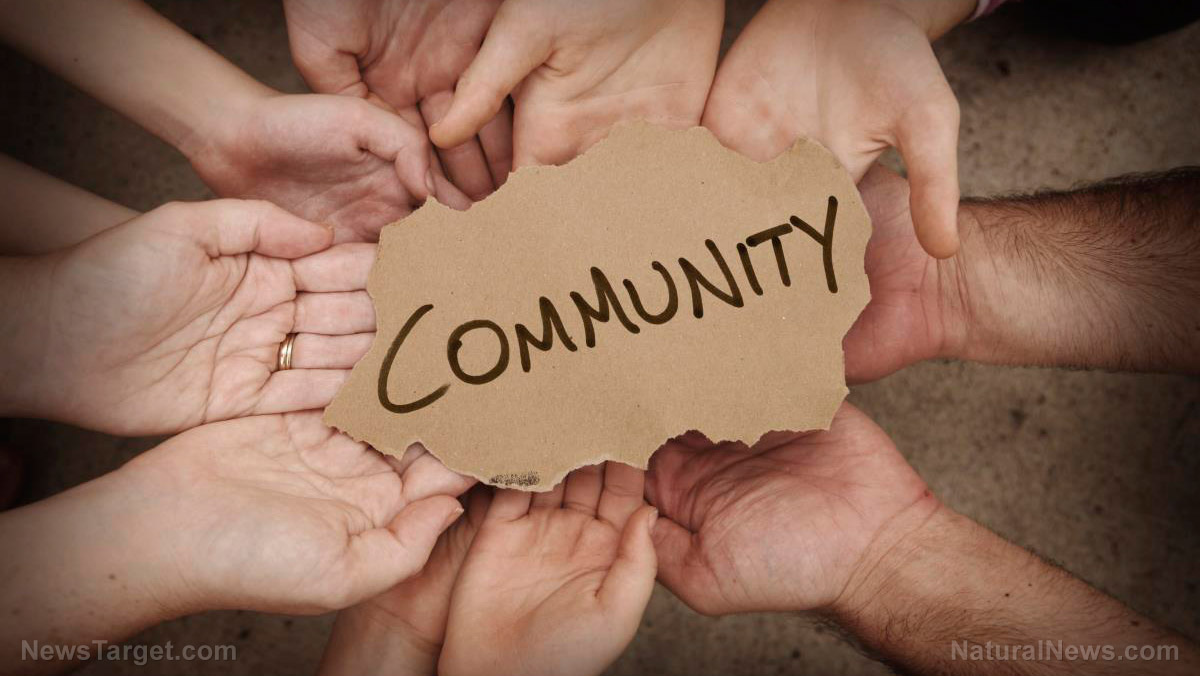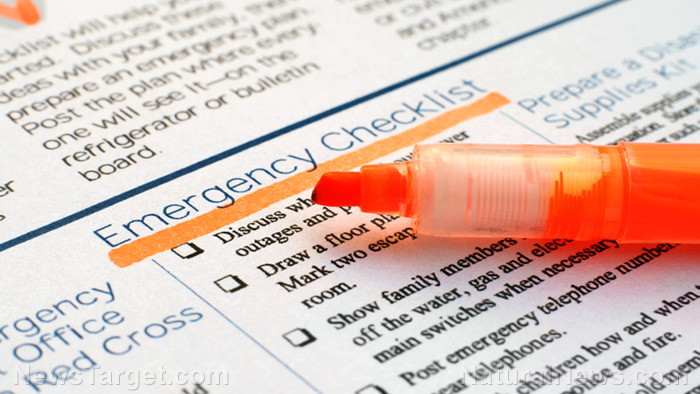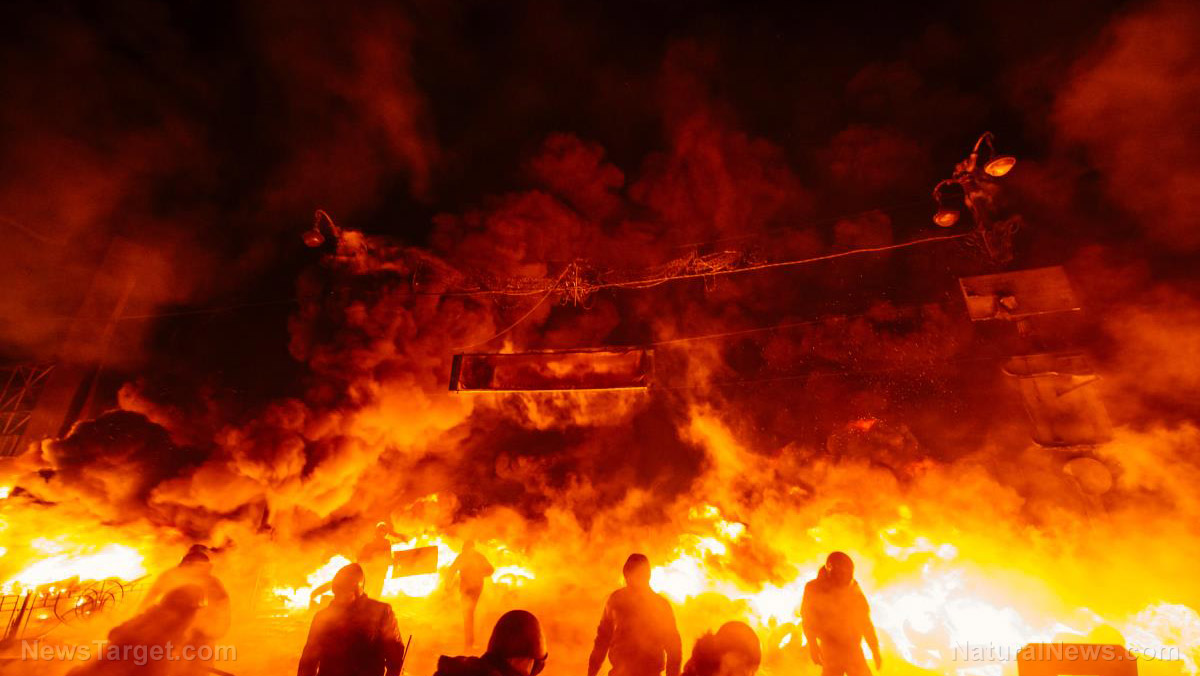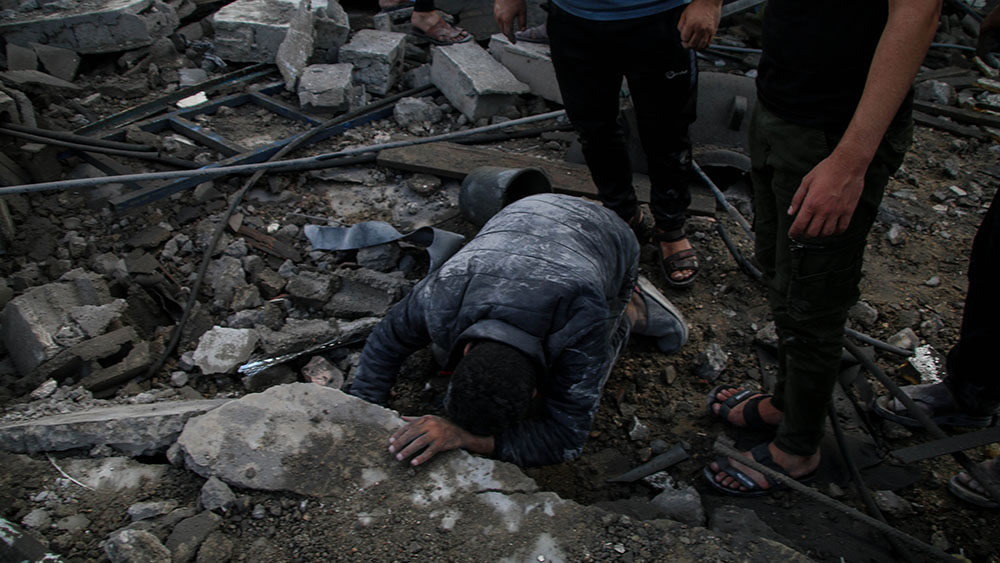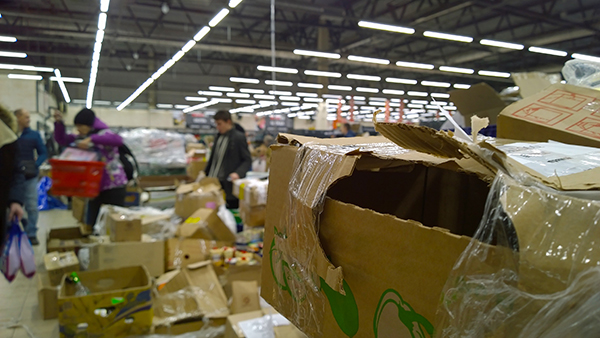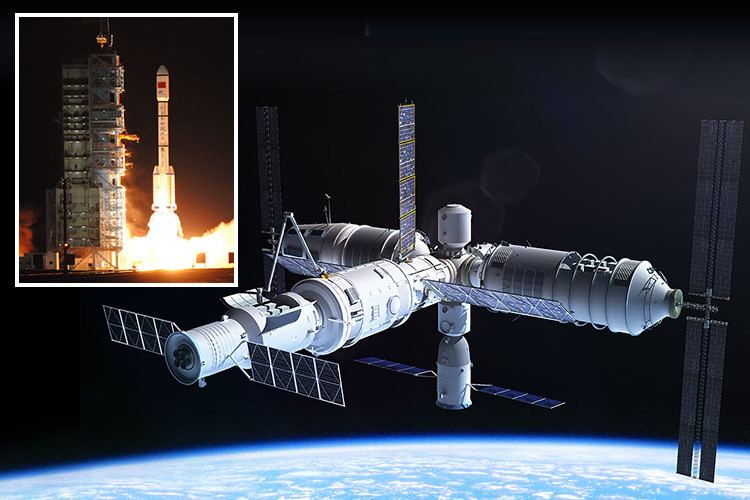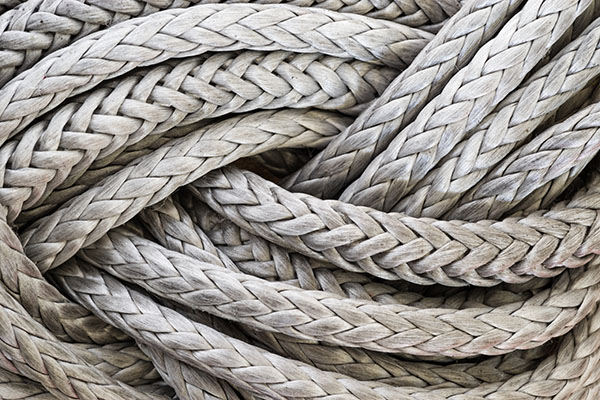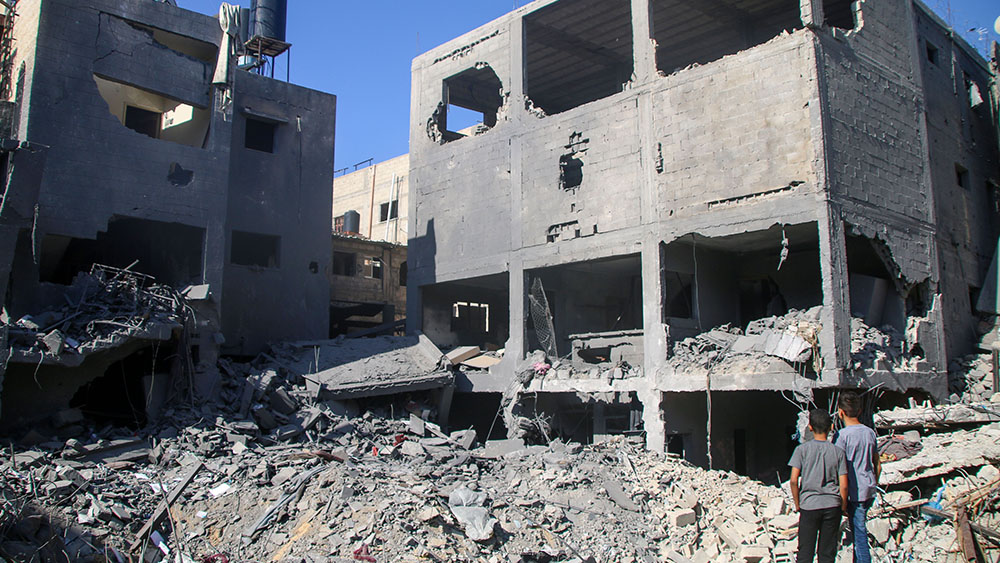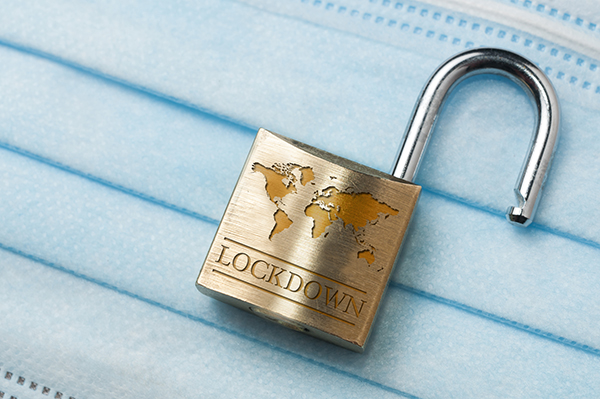Japan rocked by magnitude 7.1 earthquake while California endures 57 aftershocks following magnitude 5.2 earthquake
08/13/2024 / By Olivia Cook

A powerful 7.1 magnitude earthquake rocked the southern coast of Japan, near the city of Miyazaki on Kyushu Island on Thursday, Aug. 8, prompting Japan Meteorological Agency (JMA) to issue tsunami advisories in the region.
The quake’s epicenter was located about 18.6 miles deep underwater in the Hyuga Sea, just off Kyushu Island’s eastern coast. JMA warned of a potential tsunami up to one meter (3.3 feet) high along the nearby coast of Kyushu and further away in the southern coast of Shikoku Island.
The quake most intensely affected Nichinan City and surrounding areas in Miyasaki Prefecture on Kyushu Island. Home to around 400,000 residents, Miyasaki was placed on high alert immediately after as authorities advised and urged people to steer clear of coastal areas and rivers. Local officials have also raised warnings about possible aftershocks of similar magnitude.
A video from a local radio station in Kirishima in Kagoshima Prefecture captured intense shaking that caused items to fall from the shelves and rendered elevators and kitchens in some hotels unusable. An evacuation order was issued in one area of the Kochi Prefecture, though drastic sea level changes have yet to occur.
The quake, registering a lower 6 on Japan’s 0 to 7 “shake scale,” was strong enough to damage buildings and knock over furniture in the hardest hit areas, though no significant damage or shaking has been reported in Tokyo. Fortunately, regional nuclear plants were unaffected.
Japan lies within the Pacific Ring of Fire, a seismic hotspot encircling the Pacific Ocean, which makes the country particularly vulnerable to earthquakes.
One of the last major earthquakes to hit Japan struck on Jan. 1, when a powerful 7.5 magnitude earthquake hit the Noto Peninsula on the eastern side of Japan’s main island of Honshu, facing the Sea of Japan. Wajima, a city in Ishikawa Prefecture with a population of around 23,000, was one of the hardest-hit areas. The city suffered the majority of the casualties, with over 240 lives lost.
Magnitude 5.2 quake and dozens of aftershocks hit California
Meanwhile, a magnitude 5.2 quake and over 50 aftershocks recently struck parts of California. The quakes were centered approximately 7.6 miles west-northwest of Mettler in Kern County, around 90 miles north of Los Angeles. This 5.2 magnitude quake struck on the evening of Aug. 6 and was followed by a 4.5 magnitude aftershock within minutes, with this second major quake’s epicenter located around 14 miles southwest of Lamont, also north of Los Angeles.
The United States Geological Survey (USGS) recorded a total of 57 tremors – ranging from 2.6 to 4.3 in magnitude – that were felt by residents in Camarillo, Encino, Hollywood, North Hollywood, Pasadena, Santa Clarita, Santa Monica, Simi Valley, Ventura and Woodland Hills. While most aftershocks were minor, the USGS warned that there’s a 21 percent chance of another quake over magnitude 5.0 in the coming weeks.
Despite the intensity, there are no reports of significant damage or injuries. Many aftershocks likely went unnoticed. (Related: WESTERN RUMBLINGS: California, Nevada experience more than 1,000 earthquakes in a single week.)
California averages five quakes between 5.0 and 6.0 in magnitude each year. The city of Bakersfield, also in Kern County, lies very near or right above several major fault lines, including the San Andreas, and remains at risk for the feared “Big One” – a massive earthquake that could cause widespread devastation.
The last major earthquake in California – estimated at 7.9 magnitude but possibly as high as 8.25 – struck San Francisco on April 18, 1906. It remains the deadliest earthquake in U.S. history, reportedly claiming around 3,000 lives. This tragedy stands as California’s most fatal natural disaster and is among the most devastating in American history.
Learn more about natural disasters at Disaster.news.
Watch this video about the major M.71 earthquake striking Japan.
This video is from the Daily Videos channel on Brighteon.com.
More related stories:
Rumblings point to impending San Andreas earthquake – is New Madrid next?
Cascadia “Big One” will be more disastrous than the 2011 Japan earthquake, experts predict.
Is the Cascadia Subduction Zone about to blow?
Sources include:
Submit a correction >>
Tagged Under:
big government, California, chaos, Disasters, Earthquakes, ecology, emergencies, environment, Japan, Kyushu, national security, natural disasters, Nichinan, Pacific Ring of Fire, panic, tsunami, tsunami warning, underwater tremors, United States Geological Survey, USGS
This article may contain statements that reflect the opinion of the author
Get independent news alerts on natural cures, food lab tests, cannabis medicine, science, robotics, drones, privacy and more from NewsTarget.com
Get independent news alerts on natural cures, food lab tests, cannabis medicine, science, robotics, drones, privacy and more from NewsTarget.com
RECENT NEWS & ARTICLES
SHTF.News is a fact-based public education website published by SHTF News Features, LLC.
All content copyright © 2018 by SHTF News Features, LLC.
Contact Us with Tips or Corrections
All trademarks, registered trademarks and servicemarks mentioned on this site are the property of their respective owners.

